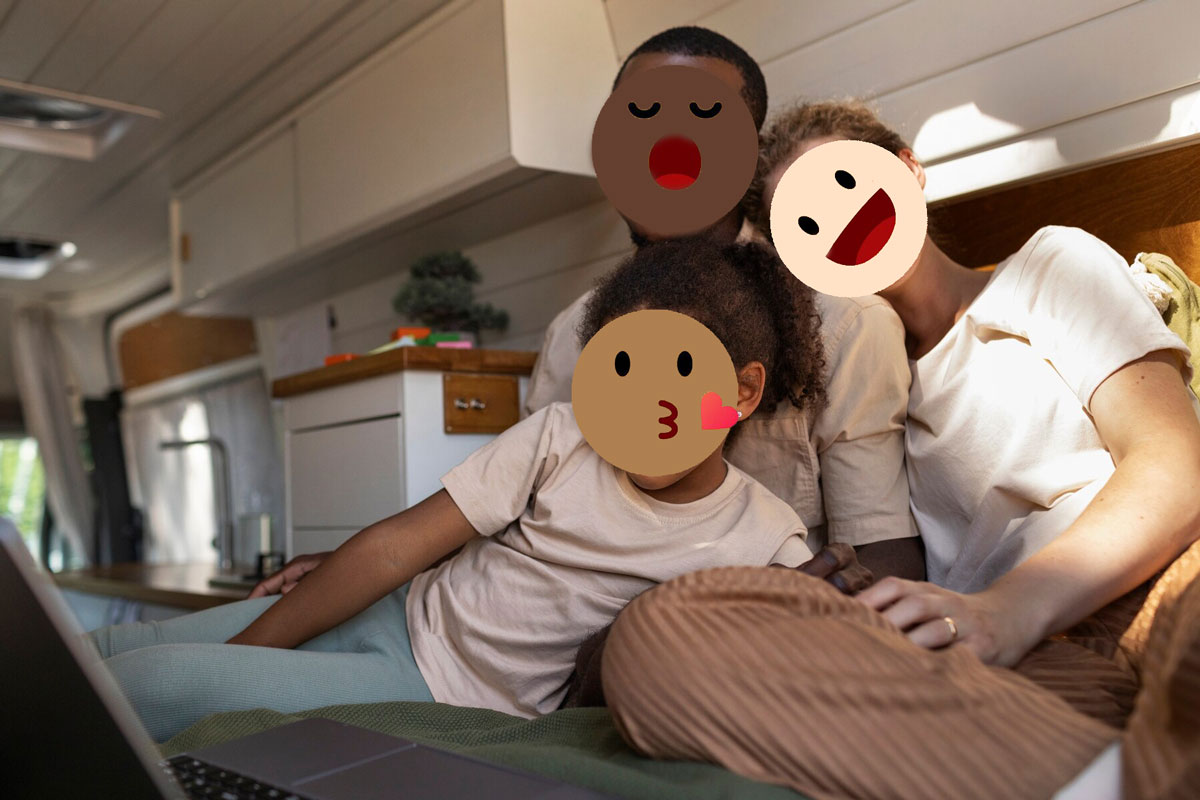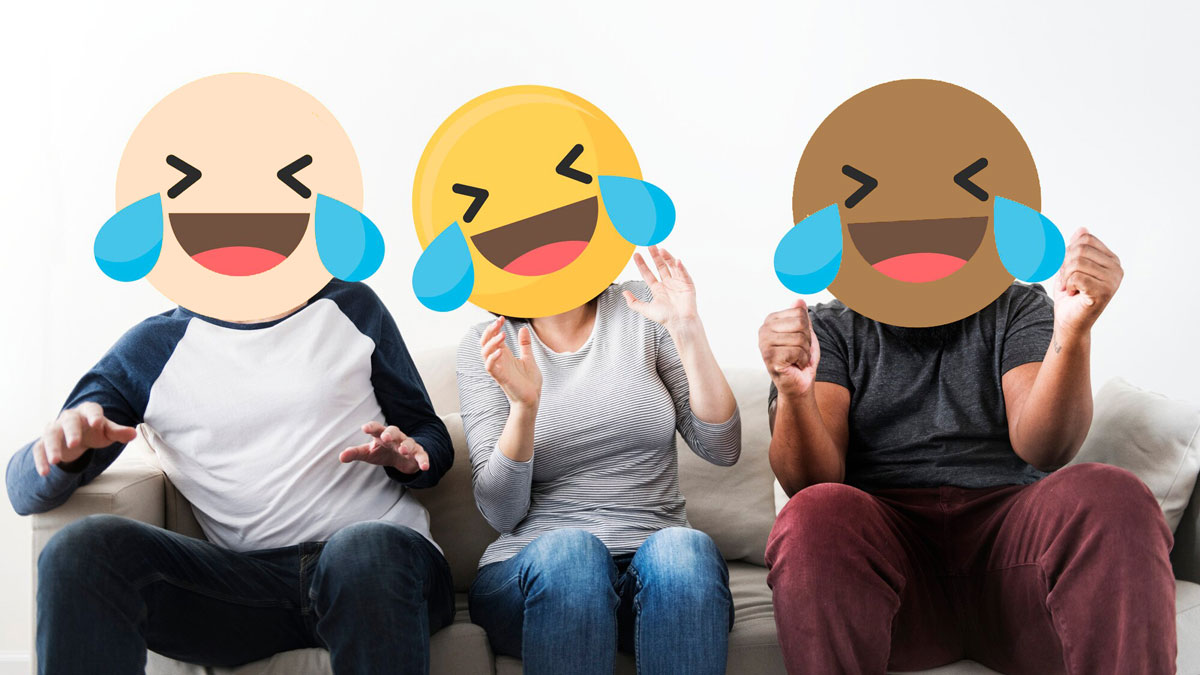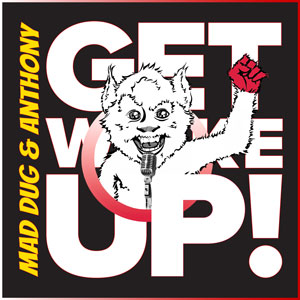For Jenny Taber of Sydney, Australia, getting hired for a job at a major bank was a dream come true. The 27-year-old had been unemployed since the pandemic and needed a way to support her two young children and stay-at-home husband.
“Things were looking up for us,” she tells GWU! over Microsoft Teams. But soon after beginning her job she was called into HR.
“I figured it was an issue with my benefits, but they informed me that I was being given a warning for using an incorrect emoji on an email thread my co-workers were communicating on.”
Taber, who says she wasn’t alone, was being disciplined for using yellow ‘thumbs up’ and ‘happy face’ emojis on the internal company chat. “They said that since I identified as caucasian, I should be using the lighter skin tone emoji, as the yellow had been flagged as insensitive.”
Taber said she left the HR office confused, ashamed, and worried that she may face further discipline. She, like many of her friends, had always considered the yellow emoji neutral.
“I’m very conscientious of how I communicate with and appear to people, especially colleagues,” she said.
The face of inclusion

Across Australia, HR departments, along with their newly established DEI counterparts, are claiming that different colored emojis can have microaggressive undertones of racism and be triggering to certain employees.
In fact, according to one researcher in the field of Emojiology at Charles Darwin University, people like Taber couldn’t be more ignorant. Jo Tensee, a professor of Early Tabloid Media, says that the notion of a “neutral” emoji skin tone strikes they as evidence of an all-too-familiar bad faith argument: “To me, those yellow images have always meant one thing: white,” they says.
The corporate emoji crackdown has landed many employees in sensitivity training classes and some repeat offenders being fired. Taber says she felt lucky to just get a slap on the wrist for her slap in the face to diversity, equity and inclusion.
“I’ve never been accused of racism before,” adds the wife of an Aboriginal Australian.
A new type of racism


Since 2015, when the Unicode Consortium introduced the racialized modifiers, people have been shifting away from the yellow emojis to emojis that more closely align with their skin tone.
A recent Atlantic article claims that many white people feel like they’re displaying ‘white pride,’ when using a lighter skin tone with all that baggage of intolerance that seemingly innocuous yellow ‘happy faces’, ‘thumbs up’, and ‘hand waves’ doesn’t carry. The story reasons that darker skin tones are an even more egregious choice for white users and are generally interpreted as grossly appropriative or, at best, misguided attempts at allyship.
For Taber, however, she has started to use the lighter skin tone emoji for everything from high fives, to thumbs up to fist bumps whenever one of her BIPOC colleagues accomplishes a task, no matter how small it may be.
“With the help of my employer I’ve learned that to make a positive step towards ending racism by being overly conscious of the small things, including an emoji.”






